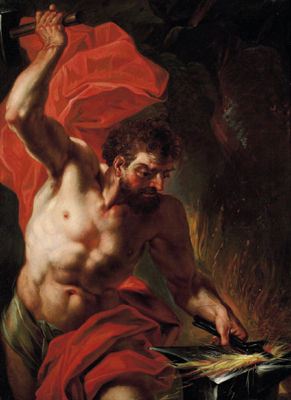This is an old revision of this page, as edited by Fredbauder (talk | contribs) at 05:58, 29 March 2002. The present address (URL) is a permanent link to this revision, which may differ significantly from the current revision.
Revision as of 05:58, 29 March 2002 by Fredbauder (talk | contribs)(diff) ← Previous revision | Latest revision (diff) | Newer revision → (diff)A volcano is a place where magma is extruded from the surface of a planet. the earth's crust is weak, and seismic activity leads to expulsions of lava, gases and brimstone during eruptions. Volcanoes are usually situated either at the boundaries between tectonic plates or over hot spots. Volcanoes may be either dormant (having no activity) or active (near constant expulsion and occasional eruptions), and change state unpredictably.
Volcanoes on land often take the form of flat cones, as the expulsions build up over the years. Under water, volcanoes often form rather steep pillars and in due time break the ocean surface in new islands.
Science has not yet been able to predict with absolute certainty when a volcanic eruption will take place, but significant progress in judging when one is probable has been made in recent time.
Volcanic activity is often accompanied by earthquakes, hot springs and geysers. Famous volcanoes include Mount Aetna, Mount Hekla, Vesuvius, Mount Fuji, and Mount Saint Helens
Public domain picture from NASAof Tambora, Indonesia.
